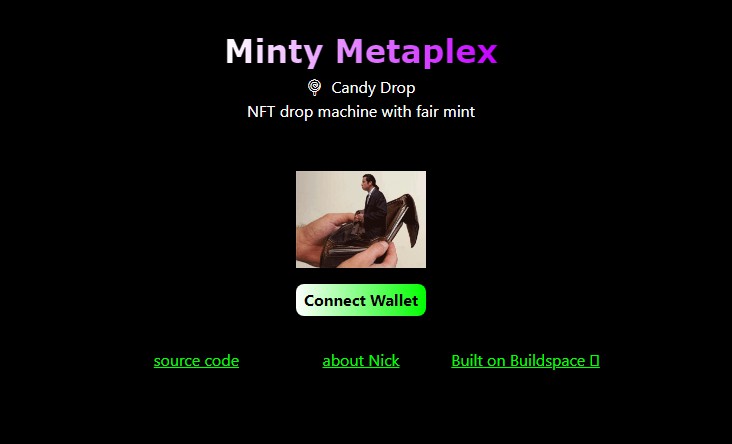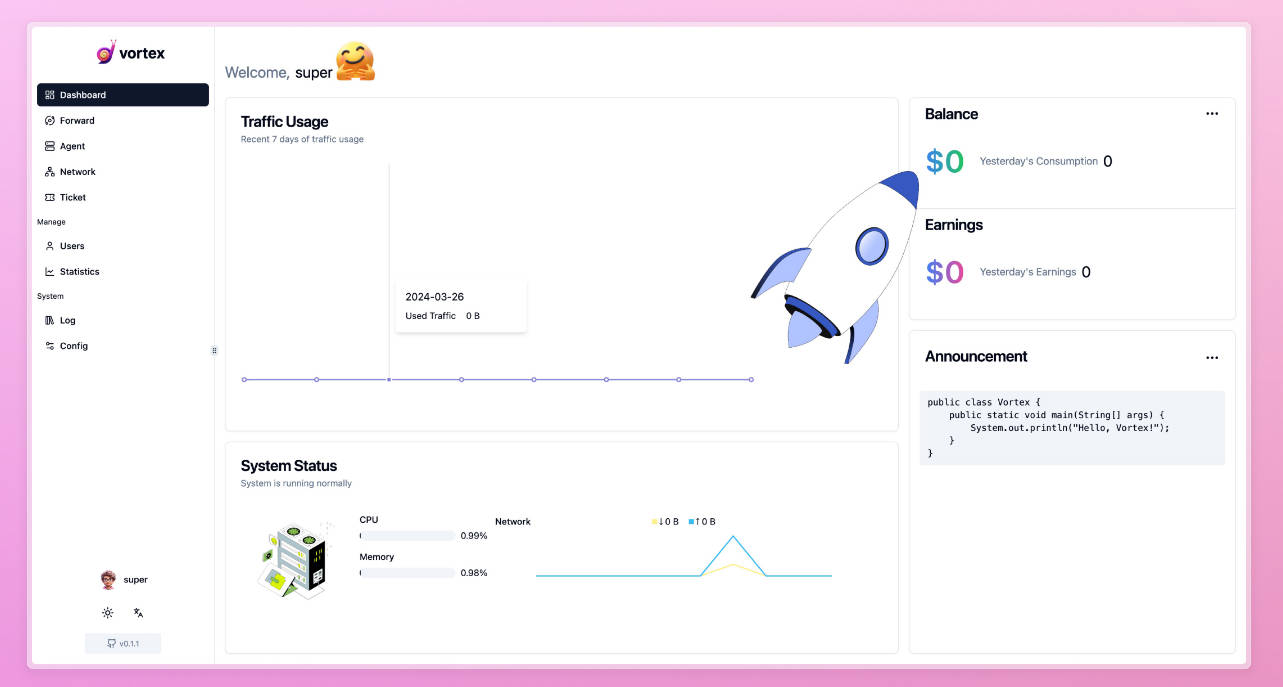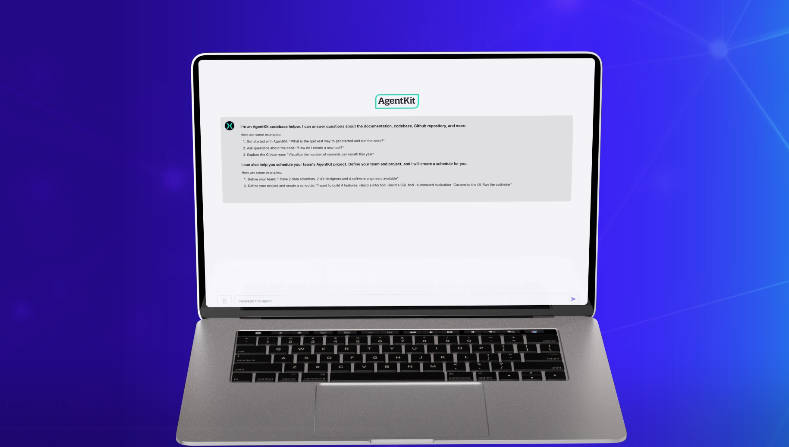minty-metaplex
A project I built by following along with the Buildspace Solana/Metaplex project
instructions. Thanks Buildspace!
Prerequisites
Unless you’re running this project on Gitpod, the requirements to run this
project are to have the Node.js version installed that corresponds to the
version in ~/.nvmrc in the root of this project. Using
nvm is recommended for installing Node.js.
Refer to the
nvm installation instructions
to get nvm set up.
Once nvm is installed, you can set up the project. If you opt to not use
nvm, ensure that the Node.js version specified in ~/.nvmrc is installed.
Setup the project
Run the bin/setup.sh script to install everything.
There are known issues with the Windows installation using WSL (reminder that
you need WSL installed) and with M1 Macs, so a friendly Google is your best
friend. If you have figured out how to install it properly in those
environments, please
create an issue
and open a PR linked to that issue.
Remember that you can use Gitpod if you are having
issues with those environments.
Contributing
If you are interested in contributing to the project, first read our
contributing guidelines. Take a look at our
existing issues, or if
you come across an issue,
create an issue.
For feature requests,
start a discussion
first.
Getting Started (Local Development)
-
Install the dependencies
npm install # or yarn -
Start the project
npm run dev # or yarn dev
Open http://localhost:3000 with your browser to see the
result.
Getting Started (Gitpod)
The project can be run in Gitpod. Navigate to
https://gitpod.io/. If you wish
to load it in Gitpod as an external contributor, you will need to fork the
project first, then open the fork in Gitpod, e.g.
https://gitpod.io/.
- Gitpod will take a minute or two to load.
- If this is the first time loading the project in Gitpod, it will take longer
as all the npm packages are installing. - The project wil start automatically in developer mode and the app will load
in the Gitpod preview window.
For move information on Gitpod, check out the
Gitpod documentation.
Running tests
The project uses jest. For more information on jest, see
the official documentation.
To run tests:
npm test
# or
yarn test
To run tests in watch mode:
npm test:watch
# or
yarn test:watch
Building out components
When building out components in the project, shared components can go in the
components folder. Components can then be imported using the @components
alias, e.g. import { ExampleHeader } from '@components/Header';.
Storybook
The project uses Storybook for building our
components. For more on Storybook, see the
official documentation.
Running Storybook
npm run storybook
# or
yarn storybook
Building Storybook Static Site
npm run build-storybook
# or
yarn build-storybook
Under the hood
Solana
A fast blockchain for DeFi, NFTs, Web3 and more. Check out the
official Solana documentation.
Generate a keypair
Run the following commands to generate a keypair for Solana which will confirm
the address and output the Solana configuration
solana-keygen new -s
solana address
solana config get
Airdrop yourself some SOL on the devnet
If you’re working on the devnet, it’s handy to airdrop yourself some SOL. You
can do the same thing for localhost if you need to.
solana config set --url devnet
solana airdrop 5 $ Add your address at the end if it's for a specific account
solana balance
For any questions in regards to the commands above, refer to the official Solana
documentation.
Next.js
This is a Next.js project bootstrapped with
create-next-app.
You can start editing the page by modifying pages/index.tsx. The page
auto-updates as you edit the file.
API routes can be accessed on
http://localhost:3000/api/hello. This
endpoint can be edited in pages/api/hello.ts.
The pages/api directory is mapped to /api/*. Files in this directory are
treated as API routes instead
of React pages.
To learn more about Next.js, take a look at the following resources:
- Next.js Documentation – learn about Next.js
features and API. - Learn Next.js – an interactive Next.js tutorial.
You can check out
the Next.js GitHub repository – your
feedback and contributions are welcome!
Theme UI
For more on theme UI, check out their
official documentation.
Deploy on Vercel
The easiest way to deploy your Next.js app is to use the
Vercel Platform
from the creators of Next.js.
Check out our
Next.js deployment documentation for more
details.




